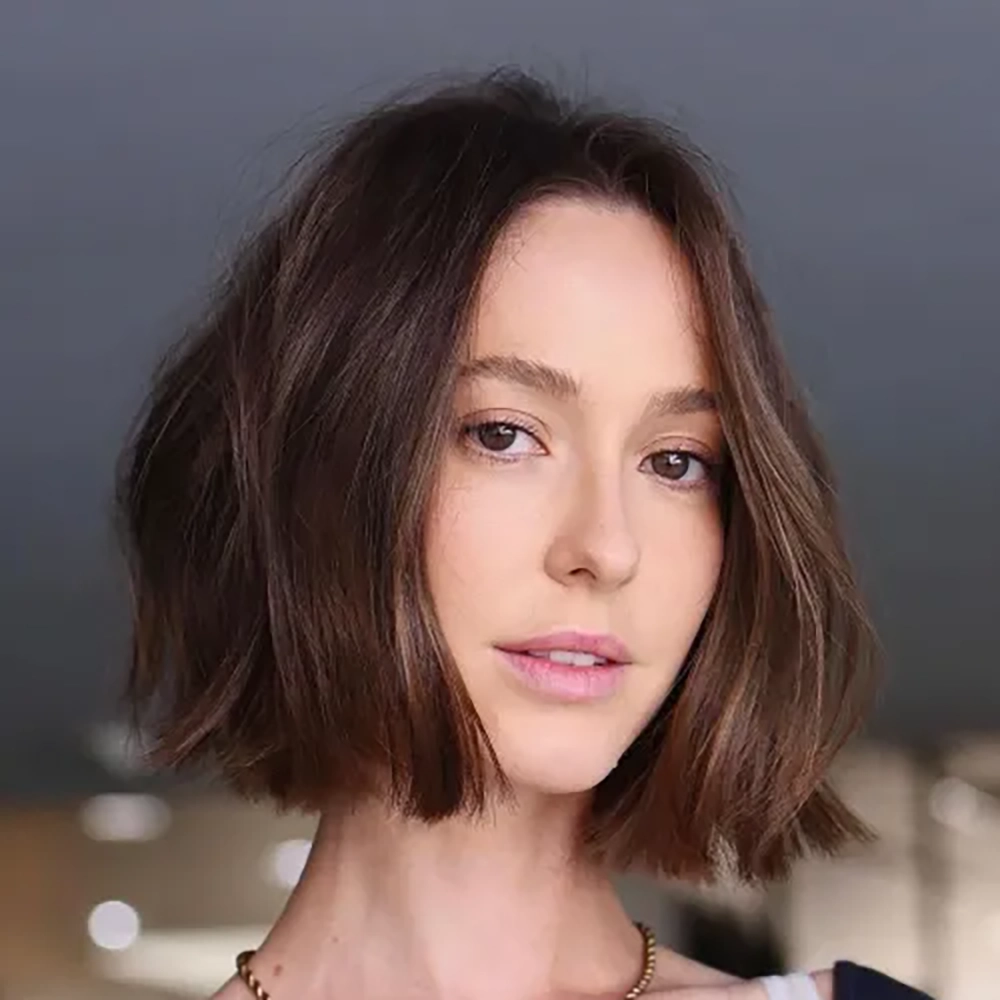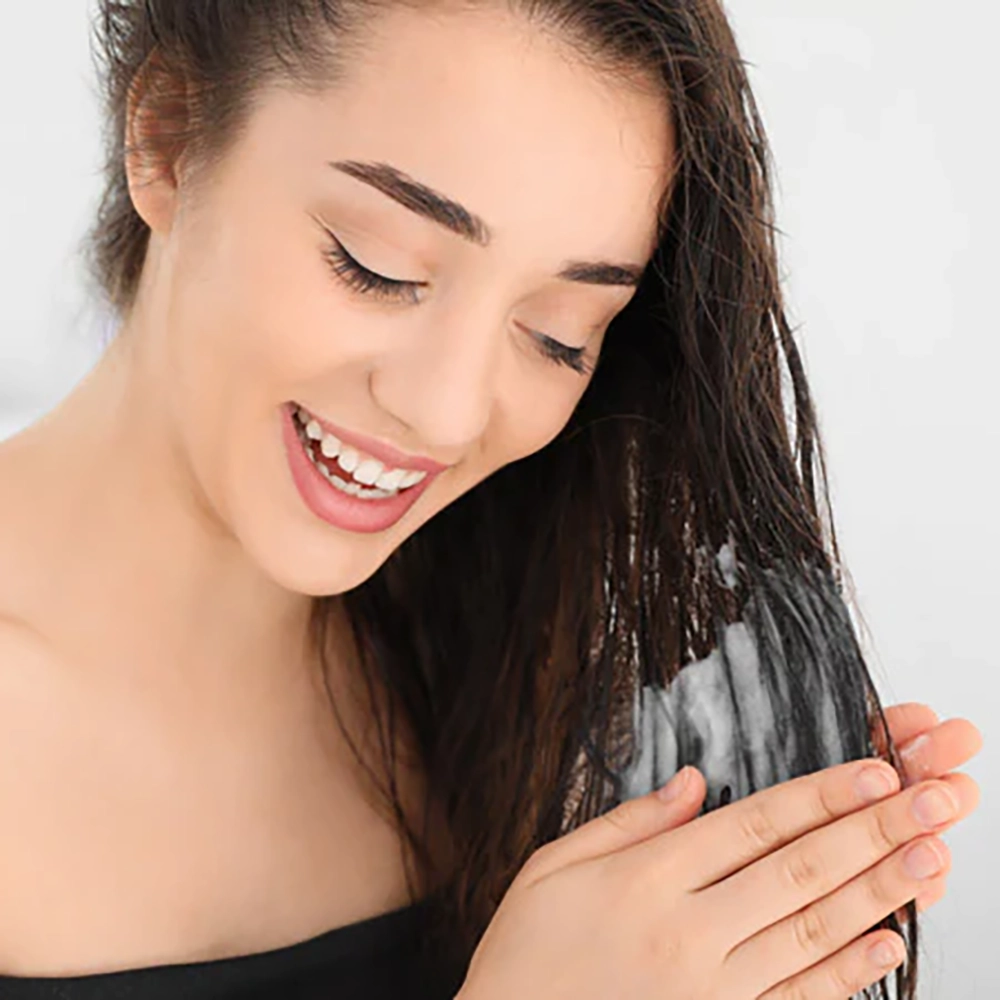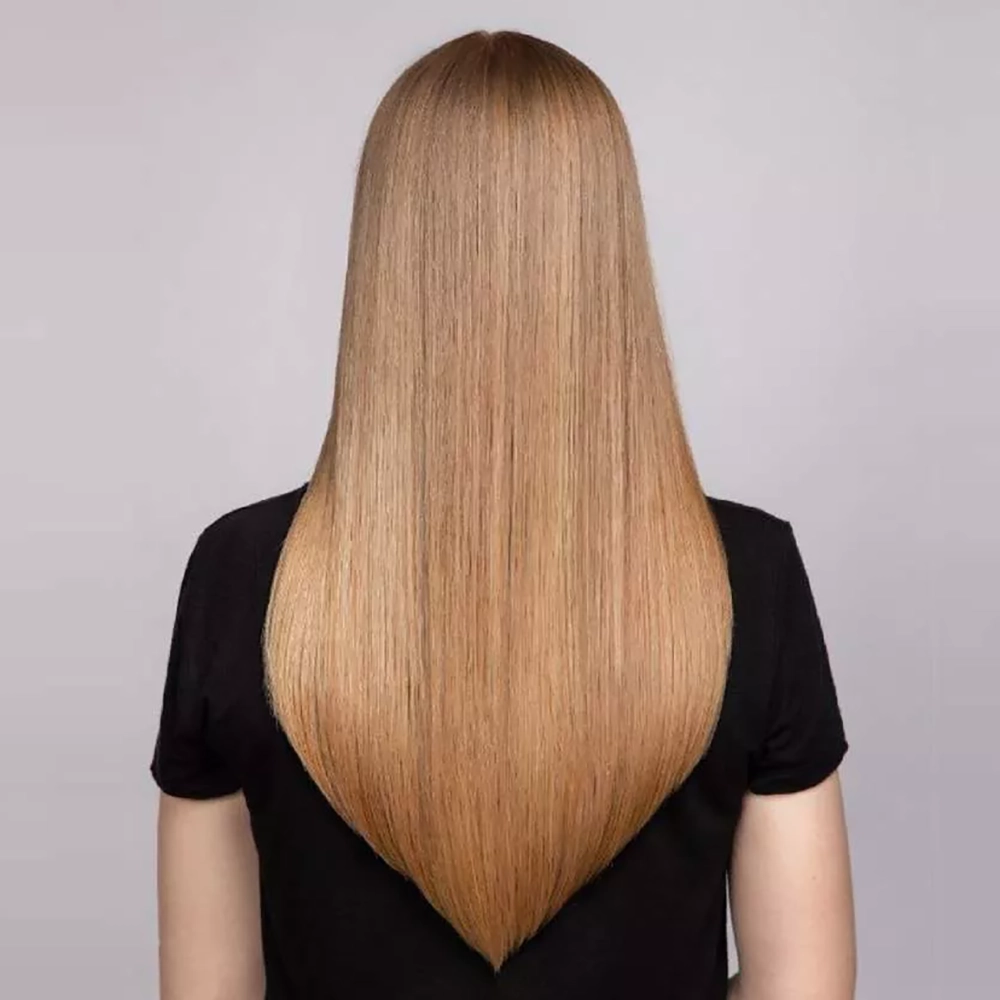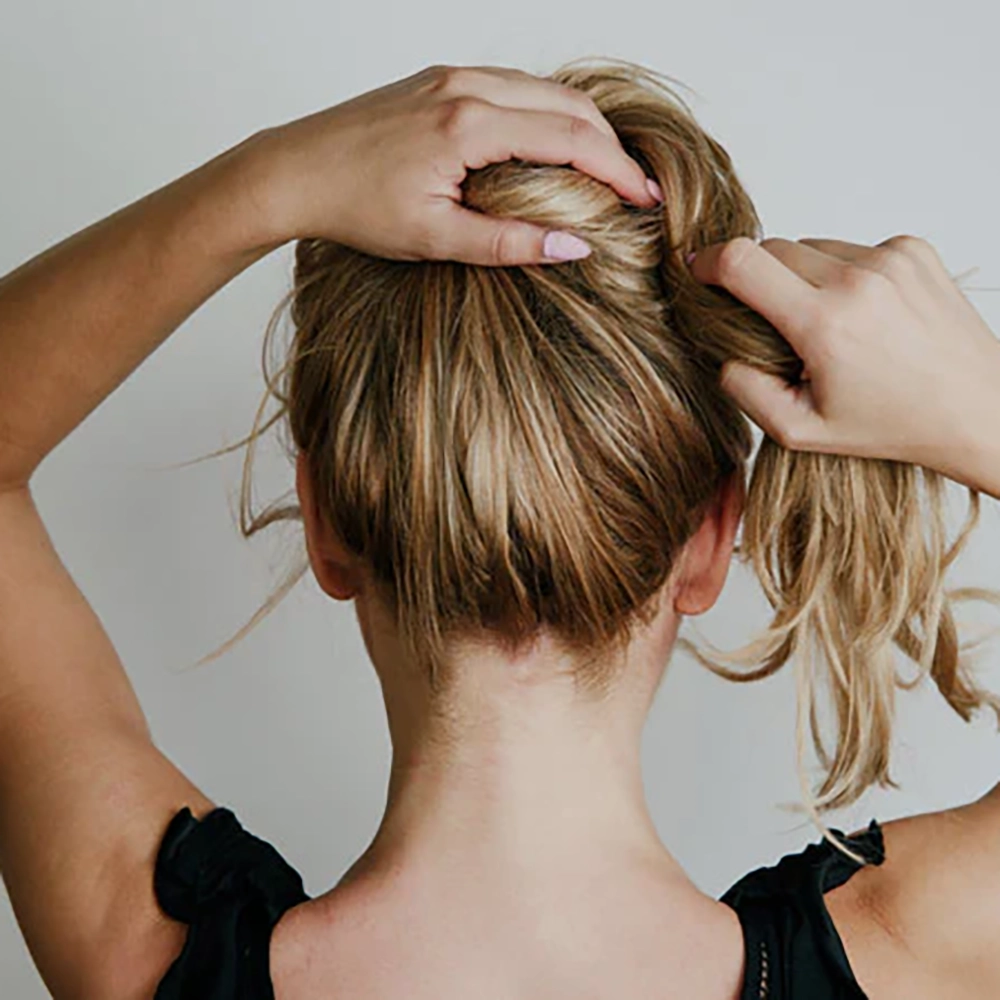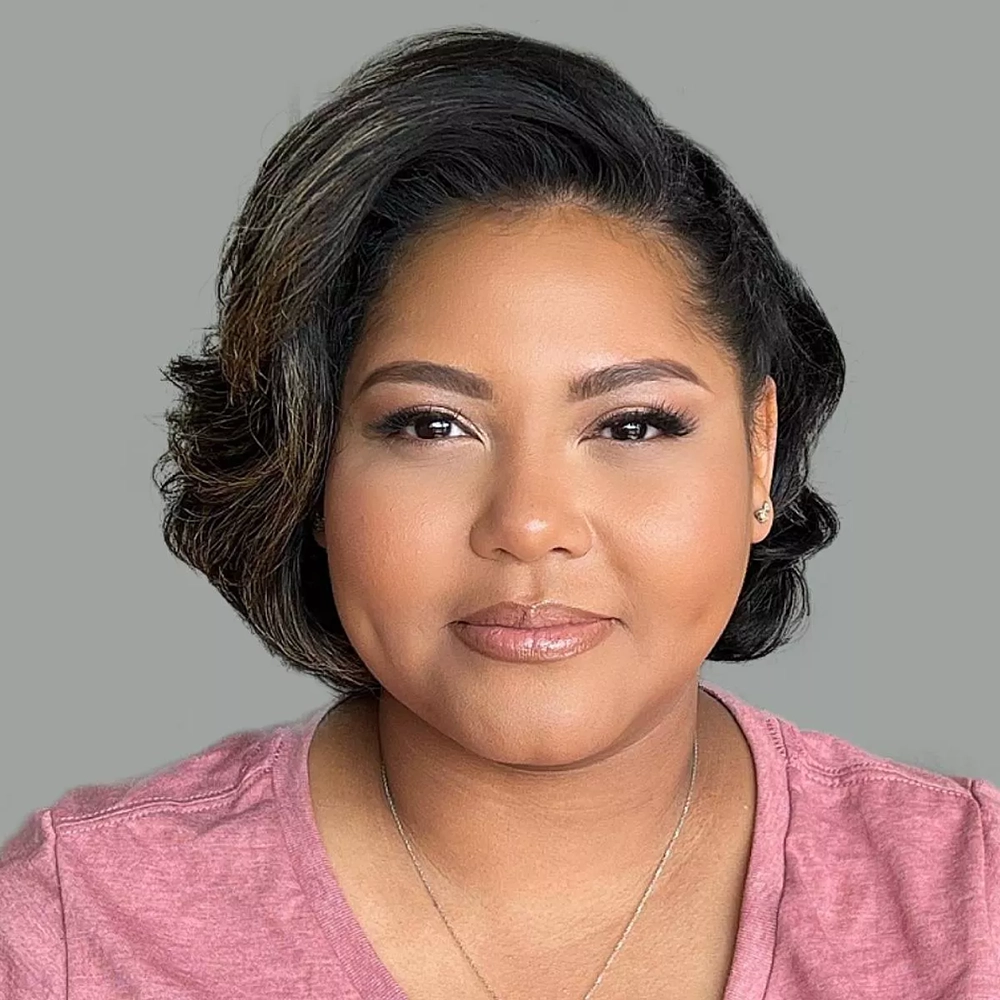Understanding the Hair Color Chart
The hair color chart is an essential tool for anyone looking to change their hair color or simply enhance their natural shade. It provides a visual representation of the different hair colors available, making it easier to choose the perfect shade. It also helps determine the undertones in your hair, which can greatly impact the final result. Understanding how to interpret and use the hair color chart is crucial in achieving the desired outcome.
When looking at a hair color chart, it is important to pay attention to the different levels and tones. Hair color levels range from 1 (darkest black) to 10 (lightest blonde). Each level represents a different shade of hair color, with lower numbers being darker and higher numbers being lighter. Tones, on the other hand, refer to the underlying pigments in the hair color. There are warm tones (red, orange, and yellow) and cool tones (blue, green, and violet). Identifying your natural hair color level and undertones is key in choosing a shade that complements your skin tone and eye color.
Matching your skin tone to the hair color chart is crucial in achieving a harmonious and flattering look. There are generally three main categories of skin tones: cool, warm, and neutral. Cool skin tones have blue or pink undertones, while warm skin tones have yellow or peachy undertones. Neutral skin tones have a balance of both warm and cool undertones. The hair color chart often categorizes hair colors into warm and cool shades, so it is important to choose a shade that aligns with your skin tone to create a cohesive and natural appearance.
| Warm Skin Tones | Cool Skin Tones | Neutral Skin Tones |
|---|---|---|
| Golden blonde, caramel, honey brown | Ash blonde, platinum, icy brown | Neutral brown, chestnut, chocolate |
| Copper, auburn, strawberry blonde | Plum, violet, blue-black | Neutral blonde, ash brown |
Before making a final decision, it is crucial to consider your natural hair color. Some hair colors are easier to achieve if you have a certain base color, while others may require more intensive treatments. For example, if you have dark brown hair and want to go for a light blonde shade, a bleaching process may be necessary. On the other hand, if you have light blonde hair and want to go for a rich brunette shade, you may only need a single-step color application. Understanding the limitations and possibilities based on your natural hair color can help manage expectations and ensure a successful outcome.
Determining Your Skin Tone
When it comes to choosing the perfect makeup, hair color, or clothing, understanding your skin tone is essential. Your skin tone plays a crucial role in determining which colors complement your complexion and make you look your best. But how exactly can you determine your skin tone? Here are a few methods to help you figure it out:
1. Vein Test: Look at the veins on your wrist. If they appear bluish or purple, you have cool undertones. If they look greenish, you have warm undertones. If you can’t quite tell, you may have a neutral undertone. This method is a quick and easy way to get a general idea of your skin tone.
2. Jewelry Test: Pay attention to whether gold or silver jewelry complements your complexion better. If gold looks more flattering on you, you likely have warm undertones. If silver looks better, you probably have cool undertones. Again, if both look equally good, you could have a neutral undertone.
3. White vs. Ivory Test: Hold up a piece of pure white fabric and a piece of off-white or ivory fabric against your face. If the white fabric makes your skin appear bright and vibrant, you likely have cool undertones. If the ivory fabric enhances your complexion, you probably have warm undertones. If both look equally good, you may have a neutral undertone.
Once you have determined your skin tone, you can start exploring the various color options that will enhance your natural beauty. Understanding your skin tone is a valuable tool that will help you make informed decisions when it comes to beauty and fashion choices.
- Understanding the Hair Color Chart
- Determining Your Skin Tone
- Matching Your Skin Tone to the Chart
- Choosing a Shade for Your Eye Color
- Considering Your Natural Hair Color
- Understanding Hair Dye Terminology
- Testing Hair Color Options Safely
| Undertone | Vein Color | Jewelry Preference | Fabric Test |
|---|---|---|---|
| Cool | Bluish or purple | Silver | White fabric makes the skin appear bright |
| Warm | Greenish | Gold | Ivory fabric enhances the complexion |
| Neutral | No distinct color | Looks good with both silver and gold | Both white and ivory fabric look equally good |
Matching Your Skin Tone to the Chart
The process of matching your skin tone to the chart is an essential step in finding the perfect hair color. Understanding how to determine your skin tone and then effectively use the hair color chart will help you choose a shade that complements your natural complexion and enhances your overall look. Let’s delve into the world of skin tones and discover the techniques to find your ideal hair color.
Firstly, it’s crucial to understand the hair color chart. This chart categorizes hair colors into warm, cool, or neutral tones. Warm tones are characterized by red, gold, and yellow undertones, while cool tones have blue, ash, or violet undertones. Neutral tones, as the name suggests, have a balanced mixture of warm and cool undertones. By familiarizing yourself with these terms and visually examining the chart, you can begin to identify which hair colors will harmonize best with your skin.
Next, you need to determine your skin tone. One way to do this is by examining the veins on your inner wrist. If your veins appear greenish, you likely have a warm undertone. If they seem bluish or purple, you probably have a cool undertone. Another method is to consider how your skin reacts to sunlight. If you tan easily and rarely burn, you likely have a warm undertone. If you burn easily and struggle to tan, your undertone is probably cool. Understanding your skin tone is crucial as it will guide your selection of hair colors that will flatter your complexion.
Once you have identified your skin tone and familiarized yourself with the hair color chart, it’s time to match your skin tone to the chart. If you have a warm undertone, opt for hair colors on the warmer side of the chart, such as golden blondes, copper reds, and rich browns. These shades will beautifully complement your warm complexion. On the other hand, if you have a cool undertone, go for hair colors on the cooler side of the chart, such as ash blondes, platinum blondes, and cool browns. These shades will enhance your cool complexion. Those with neutral undertones have the luxury of experimenting with both warm and cool shades.
In conclusion, understanding how to match your skin tone to the chart is essential for achieving a hair color that suits you perfectly. By familiarizing yourself with the hair color chart, determining your skin tone, and then selecting a shade that corresponds to your undertones, you will be on your way to finding a hair color that enhances your natural beauty. So, next time you’re considering a change in hair color, make sure to consult the chart and choose a shade that harmonizes with your skin tone!
Choosing a Shade for Your Eye Color
When it comes to changing your hair color, one important factor to consider is your eye color. Your eye color can greatly impact how different shades of hair dye will look on you. By choosing a shade that complements your eye color, you can enhance your natural beauty and create a stunning overall look.
Firstly, you need to determine your eye color. Eye colors can range from blues and greens to browns and hazels. Once you have identified your eye color, you can use the hair color chart to find shades that will best suit you. The hair color chart is a useful tool that categorizes hair colors into different tones to help you find the perfect match for your eye color.
Next, let’s delve into the different shades that work well with specific eye colors. If you have blue eyes, shades such as platinum blonde, cool ash brown, and rich caramel are great options to consider. These warm, contrasting shades can bring out the striking blue tones in your eyes.
If you have green eyes, on the other hand, you can opt for hair colors that have warm undertones. Shades like auburn, golden blonde, and copper can add warmth and depth to your overall appearance. These shades can make your green eyes pop and create a captivating look.
Lastly, for those with brown eyes, the hair color world is your oyster! Brown eyes can pair well with a variety of hair shades. If you have warm-toned brown eyes, shades like chocolate brown, honey blonde, and warm caramel can be flattering options. If you have cool-toned brown eyes, you may want to consider hair colors with cooler undertones, such as ash brown or platinum blonde, to complement your eye color.
In conclusion, choosing a shade for your eye color is a crucial step in selecting the perfect hair color. By understanding your eye color and exploring the different tones and shades available, you can find a hair color that enhances your natural beauty and flatters your eye color. Remember to always test hair color options safely and consult with a professional hair colorist if you have any doubts. With the right shade, you can create a truly stunning look that showcases your eye color and leaves you feeling confident and beautiful.
Considering Your Natural Hair Color
When it comes to changing your hair color, one crucial factor to consider is your natural hair color. Your natural hair color can serve as a starting point and guide for choosing the perfect shade that will complement your overall appearance. It is important to understand how your natural hair color influences the outcome of your hair dyeing process. Whether you want to go for a drastic transformation or simply enhance your current hair color, taking into account your natural hair color is a key step in achieving the desired results.
One advantage of considering your natural hair color is that it provides a helpful reference point for determining what shades will work best for you. By taking note of your natural hair color, you can choose a shade that will either complement or create contrast with your current hue. Understanding the hair color chart is crucial to this process. The chart provides a wide range of shades categorized into different tones, such as warm, cool, and neutral. Identifying the tone of your natural hair color will help you determine which shades will harmonize with your complexion.
Another aspect to consider when contemplating a hair color change is your skin tone. Your natural hair color should be taken into account when determining your skin tone. The combination of your natural hair color and skin tone plays a significant role in finding the most flattering hair color for you. Matching your skin tone to the chart is a useful technique that can guide you in selecting the right shade. For example, if you have warm undertones, opting for warm hair colors like golden blondes and caramel browns will complement your complexion, while cool undertones can be enhanced by ash blondes and cool brunettes.
In addition to your natural hair color and skin tone, it’s important to choose a shade that will complement your eye color. Each eye color has certain hair colors that bring out the best in them. For instance, if you have blue eyes, shades like platinum blonde, copper, and champagne can help make your eyes pop. Brown-eyed individuals tend to look stunning with warm hair colors like chestnut or auburn. By considering your natural hair color along with your eye color, you can create a cohesive and flattering appearance.
Overall, considering your natural hair color is an essential step in the process of hair dyeing. It serves as a guide to help you select the most suitable shade for your desired transformation. Understanding the hair color chart, determining your skin tone, and matching it to the chart, as well as choosing a shade that complements your eye color are all important factors to take into account. By considering these elements together, you can confidently embark on your hair color journey and achieve stunning results.
Understanding Hair Dye Terminology
When it comes to choosing the right hair dye, there are a lot of factors to consider. One important aspect is understanding the terminology used in the hair dye industry. With so many different terms and phrases, it can be overwhelming to know which one is the best choice for you. This blog post will break down some of the most common hair dye terminology to help you make an informed decision.
1. Permanent Hair Color: Permanent hair color is exactly what it sounds like – a color that is meant to last. This type of hair dye penetrates the hair cuticle and stays until new hair grows out. It is a great option for those who want long-lasting results and are committed to maintaining their hair color regularly.
2. Semi-Permanent Hair Color: If you’re looking for a temporary change or want to experiment with different shades, semi-permanent hair color is a good choice. This type of dye coats the hair shaft, providing a subtle and gradual color change. It gradually fades after a few washes, allowing you to easily switch up your look without long-term commitment.
3. Demi-Permanent Hair Color: Demi-permanent hair color falls in between permanent and semi-permanent options. It lasts longer than semi-permanent color but is not as long-lasting as permanent color. Demi-permanent dye also penetrates the hair cuticle but does not lift or lighten the natural hair color. This is a great option for those who want more longevity than semi-permanent dye but don’t want a permanent change.
| Term | Definition |
|---|---|
| Bleaching: | The process of lightening the hair color using bleach or a lightening agent. |
| Toning: | The process of neutralizing unwanted tones in the hair after bleaching. |
| Developer: | A hydrogen peroxide-based product used to activate hair dye or bleach. |
| Developer Volume: | The strength of the hydrogen peroxide in the developer, which determines the level of lift and color deposit. |
4. Bleaching: Bleaching is a technique used to lighten the hair color by using bleach or a lightening agent. This process is necessary if you want to achieve a significant color change, especially when going from dark to light shades. However, it’s important to note that bleaching can cause damage to the hair if not done properly, so it’s advisable to seek professional help.
5. Toning: After bleaching, unwanted brassy or yellow tones may appear in the hair. Toning is the process of neutralizing these tones by using a toner. Toners are products that deposit color to counteract the unwanted hues, resulting in a more desirable hair color.
6. Developer: Developer is a hydrogen peroxide-based product used to activate hair dye or bleach. It helps to open the hair cuticle and allows the color molecules to penetrate the hair shaft. The developer comes in different volumes, such as 10, 20, 30, or 40, which determine the level of lift and color deposit.
Understanding these common hair dye terminologies can help you communicate better with your stylist and choose the right hair dye for your desired results. Whether you opt for permanent, semi-permanent, or demi-permanent color, knowing the basics will help you make an informed decision and achieve the hair color you’ve always wanted.
Testing Hair Color Options Safely
In order to achieve the hair color of your dreams, it’s important to test out different options and find the perfect shade for you. However, it’s crucial to ensure that you are testing hair color options safely to avoid any damage or undesirable results. By following a few simple steps, you can confidently experiment with different colors without any risks.
First and foremost, before testing any hair color options, it’s essential to conduct a patch test. This involves applying a small amount of the hair dye onto a small section of your skin, typically behind your ear or on your inner arm. Leave the dye on for the recommended time and then rinse off. Keep an eye out for any allergic reactions, such as redness, itching, or irritation. If you experience any of these symptoms, it’s recommended to not proceed with the hair dye.
Once you have conducted a patch test and determined that you are not allergic to the hair dye, the next step is to choose a strand test. This test helps to determine how the hair color will actually look on your hair. Select a small section of hair, preferably from the back of your head, and apply the hair dye according to the instructions. Leave it on for the recommended time and then rinse off. Observe the color and check if it matches your expectations. Keep in mind that the final result may vary slightly depending on your natural hair color and texture.
In addition to the patch test and strand test, it’s important to consider the proper use of protective measures while testing hair color options. Wear gloves to protect your hands from staining and potential allergens. Cover your clothing with an old towel or wear a hair dye cape to prevent any accidental drips or spills. It’s also advisable to apply a layer of petroleum jelly around your hairline and ears to create a barrier and minimize skin staining.
- Conduct a patch test: Before using any hair dye, apply a small amount on your skin to check for allergies.
- Perform a strand test: Apply the hair dye on a small section of hair to see how the color looks and reacts.
- Use protective measures: Wear gloves, protect clothing, and apply petroleum jelly to prevent staining and minimize skin contact with the hair dye.
| Step 1: Conduct a patch test |
| Step 2: Perform a strand test |
| Step 3: Use protective measures |
By following these steps and taking necessary precautions, you can safely test out different hair color options. Remember, it’s always better to be safe than sorry when it comes to experimenting with your hair. Enjoy the process and have fun discovering the perfect hair color that suits you!




